Slow Tourism
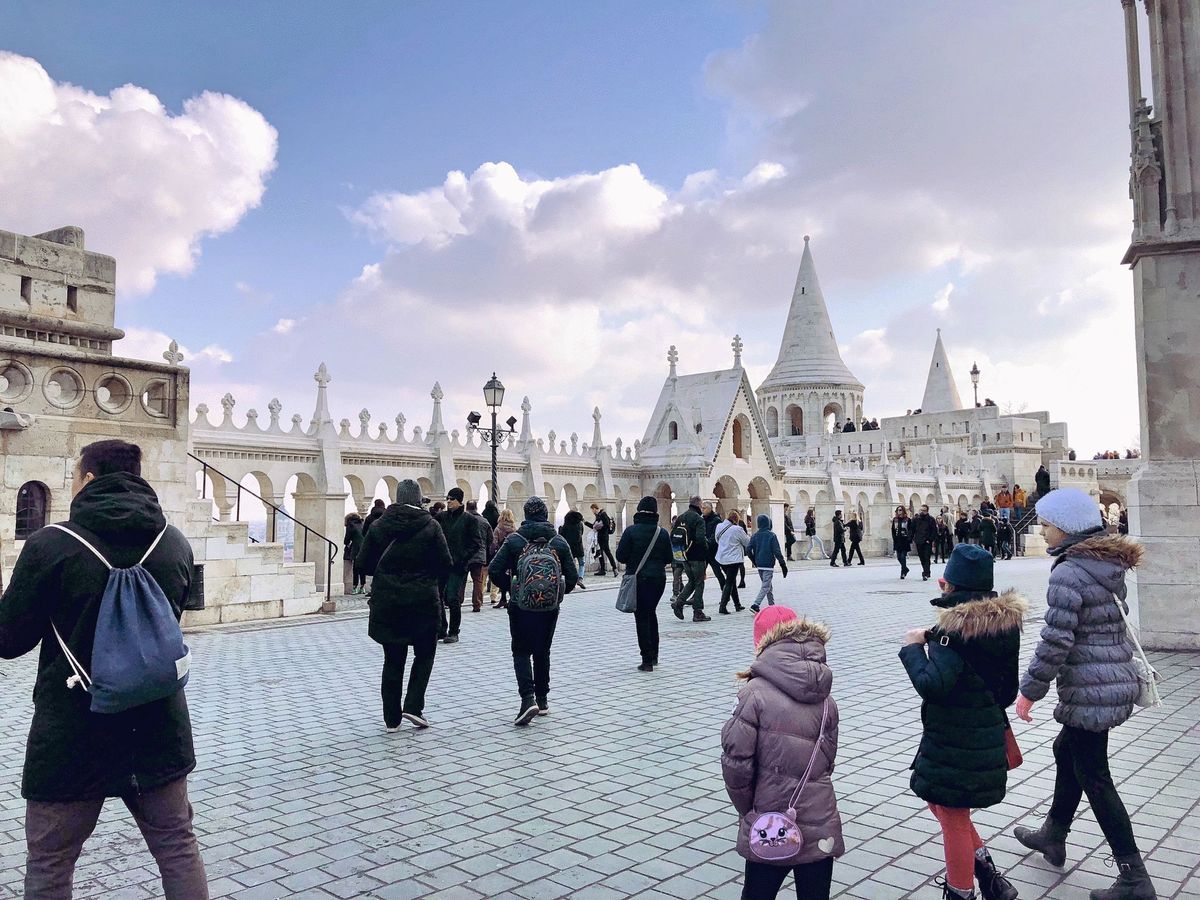
What is “slow tourism“? Before getting into that, let me describe you a memory from February this year. I and my partner traveled to Budapest to stay there for a month. Budapest is an amazingly beautiful city. It’s full of grand, majestic marvels of architectonic beauty.
Our intention, nevertheless, was not seeing all those places, visiting every museum and trying every top restaurant on TripAdvisor. We were there to experience what living like a local in the capital of Hungary feels like.
We worked there, bought groceries there, and spent as much time inside the apartment -in front of our laptops- as outside.
Meet The Crowd
However, one day we decided to visit the Fishermen’s Bastion, one of the most beautiful places -according to every book and guide- in the city.
It was very early in the morning, early February, and -6 ºC outside. Pretty chilly. Hence, I thought there would not probably be a lot of people visiting the place… How wrong I was.
The battlements and watchtowers were completely packed with people, and there was a queue to access them at the stairs. Children yelling, an accordionist challenging the cold weather to get some tips, selfie-sticks all around… The place was completely crowded.
The picture above was one of the less busy shots I could take. Needless to say, waiting for a chance to photograph the place without someone sneaking in was impossible.
At first, I was kind of furious. I thought “Come on! it’s 7 am and f***ing freezing out here!”. Then I realized that I was being part of the problem too. Even if we were not there as short-term tourists, we were as guilty as everybody else around us.
As the days passed, we realized Budapest was packed with tourists. Our visit to one of the spas in the city was also a nightmarish experience. We wondered if that was the situation in January-February, how would the city look in July or August, during the most touristic season.
Then, we made two important decisions: Budapest was not going to be our next spot as digital nomads, at least short-term, and we would try to stay away from such touristic cities in the future.
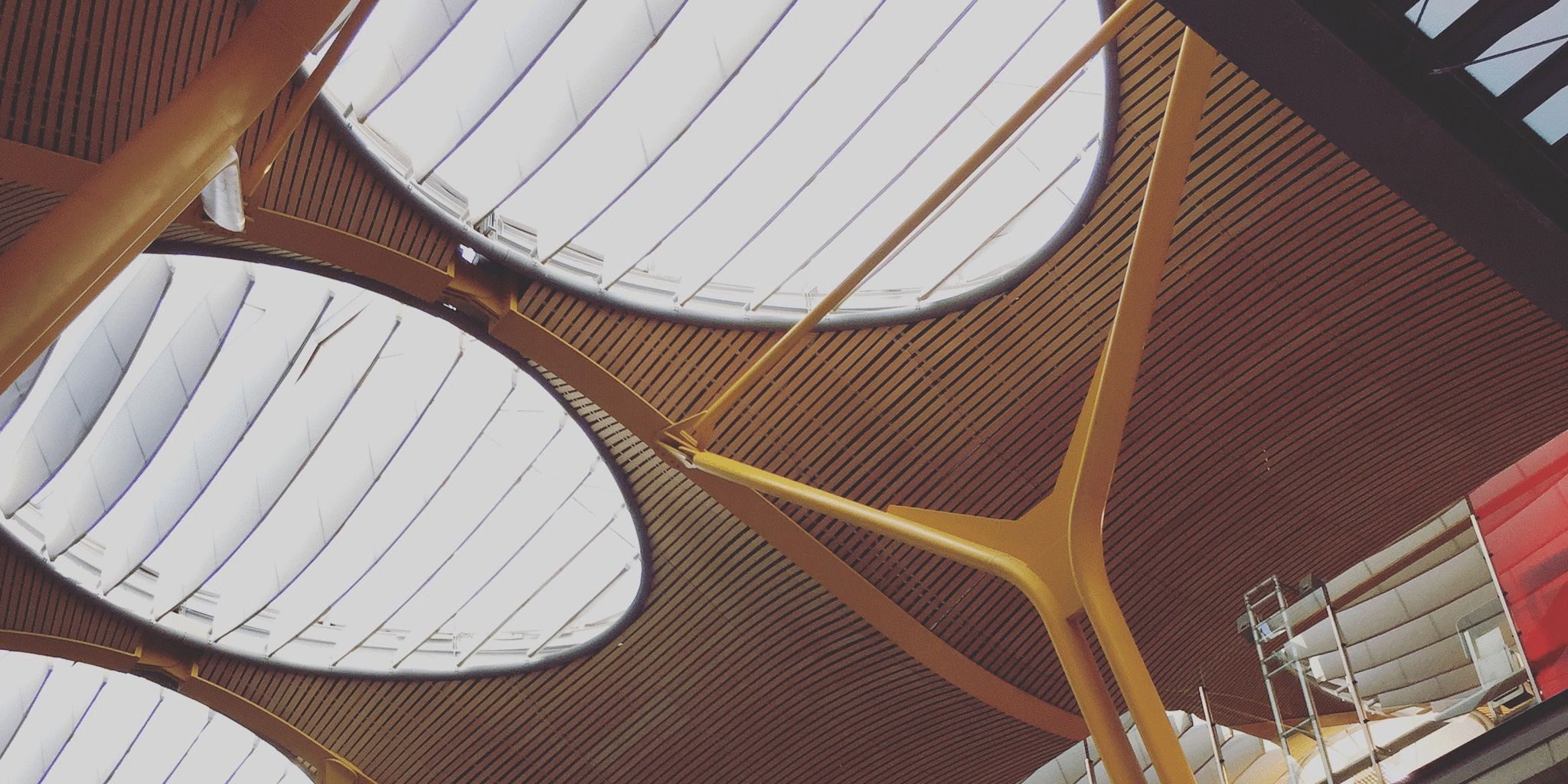
Our World VS The World Of Our Parents
Decades ago, traveling was reserved for only a small fraction of the population. Namely, those with money. Low-cost companies and cheap flights made it more accessible for all of us to travel frequently.
That is definitely something positive. It has given us freedom, and the ability to know other cultures, countries, and people. It has made our worlds a lot larger, richer and more diverse than our parents’ or grandparents’. And it has allowed some of us to become digital nomads and travel the world on a regular basis.
However, all these benefits came at a cost. If you visit any big European capital, you’ll understand what I’m talking about. It’s happening in Asia too, especially in very touristy destinations such as Thailand or Vietnam.
The Costs Of Gentrification
There’s nothing wrong with traditional tourism. It’s actually a very important economic engine for some cities. However, when it gets out of control, it can completely transform the economy and character of a city. And not for the better.
Take Rome for instance. If you take a walk around the city center, you don’t feel like you are in a real Italian city. You can spend the whole day walking around without actually meeting any Italian -apart from the staff at the restaurants or museums- or hearing Italian at all. Rome is a big “Spaguetti amusement park” for tourists.
That has a direct impact on the cost of living. Airbnb and other vacation apartments can skyrocket rents. Restaurants, groceries, and cafés increase their prices too… Eventually, the efforts of the merchants to squeeze the tourists as much as possible, push the local population out, to the outskirts of the city.
When taken to an extreme, the consequences are similar to cities like Paris, Barcelona or London. Cities in which the local population simply cannot live in the city they were born in, and are pushed further and further away. Then, the city center becomes a Disneyworld for tourism. That’s gentrification.
Apart from the purely economic aspects, the problem with traditional tourism is that you don’t really get to know a place, a country, or its people. You just visit the three or four landmarks, see the two or three mandatory museums, and eat in the “must-see” restaurants and café. You are not seeing the city, or experiencing the city… you are consuming the city much like you would eat a burger at McDonalds.
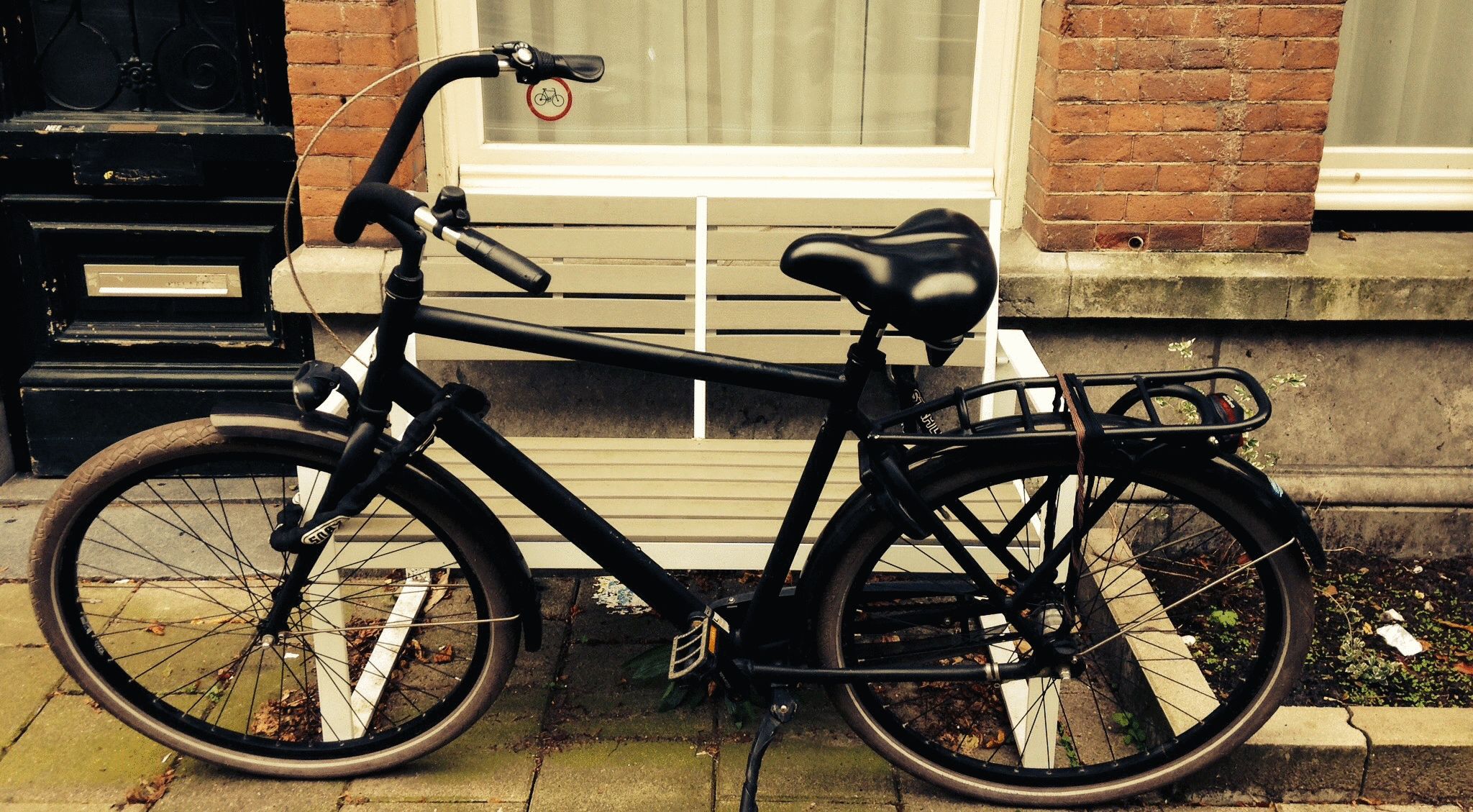
So What’s Slow Tourism?
“Slow Tourism” is a completely different way of traveling. It has gained a strong following during the last years. Basically, it’s a reaction against traditional tourism. The idea is no longer visiting a city and try to see as much of it as possible, checklist in hand, in just three days.
Slow tourists spend more time in a given place, trying to absorb the vibe of the place and its people. They merge with the population and live like locals there, perhaps for a month. They do groceries, work, take walks, attend local events and lead their trip in a more relaxing way.
As biggest attractions and world-renowned monuments lose their importance, slow tourists opt for less-known, less-touristy cities.
Obviously, slow tourism sits well with the digital nomad lifestyle. A true digital nomad -not a rich teenager on holidays- can actually be described as a perpetual slow tourist.
One of the main characteristics of slow tourists is the desire to delve into other cultures, discover new places and learn new things. In order to do that, you need to participate in local communities and events, and explore out of the traditional routes. And that takes time.
Slow tourism is also part of the larger “Slow movement” that’s been growing exponentially. This movement, involving as diverse trends as “slow food”, “slow cities”, “slow tv”, or techniques such as mindfulness or meditation, advocates a cultural shift toward slowing down life’s pace.
Why Slow Tourism?
I am a great supporter of the slow tourism movement. For quite some years now, my partner and I decided to stop spending our holidays rushing into a To-Do list of museums and monuments, and instead try to experience new places at our own pace. In our case, that eventually led us to adopt a digital nomad lifestyle.
However, you don’t need to become a digital nomad to embrace a more conscious approach to traveling. In my experience, it has lots of benefits when compared to traditional tourism. Let me enumerate some of them.

It’s More Relaxing
Slow tourism encourages you to enjoy your travels in a more calm, relaxed way.
Chances are you have visited Paris, Rome, Madrid or London over a weekend or a couple of days. You probably carried a list of things to visit, or maybe followed a “must-see” article from a blog. I don’t know about you, but for me this kind of trips always ended up being a stressful run against the clock to visit every possible monument and museum.
You know the deal: start the day force-feeding yourself at the hotel’s buffet, get to garden A, do some pictures, then climb the long hill to statue B, do some more pictures, get down again, go to restaurant C, do a nice pic of your food or coffee for Instagram, then hurry to spot D, and then monument E and museum F before they close, do some more pictures there, and get back to the hotel.
Lather, rinse, repeat for the next three days, and it’s no wonder you’ll feel relieved when you get back home. You need some rest from your holidays.
It’s More Respectful
When I visited Milan, many years ago, I decided to sneak out of my group and enjoy some hours on my own. I ended up having lunch at an old traditional Italian restaurant. When I arrived, there were some other tourists inside mocking the Italian accent and asking for “pasta, per favore!!!”, while gesturing in a comical way.
While, obviously, not all tourists are like that, when all you get of a culture is a limited glimpse of its most touristic cities, it’s easy to fall into stereotypes.
Only when you have the time to really delve into a culture, and get to know the pulse of a city and its inhabitants, you get rid of your cultural biases. Then, you realize most people around the world are similar and want basically the same things: a roof over their heads, food on their plates, some friends to share a good talk, and love.
That’s when stereotypes fall.
In my opinion, that’s why slow tourism helps you become more respectful. It allows you to know other cultures and people beyond clichés.
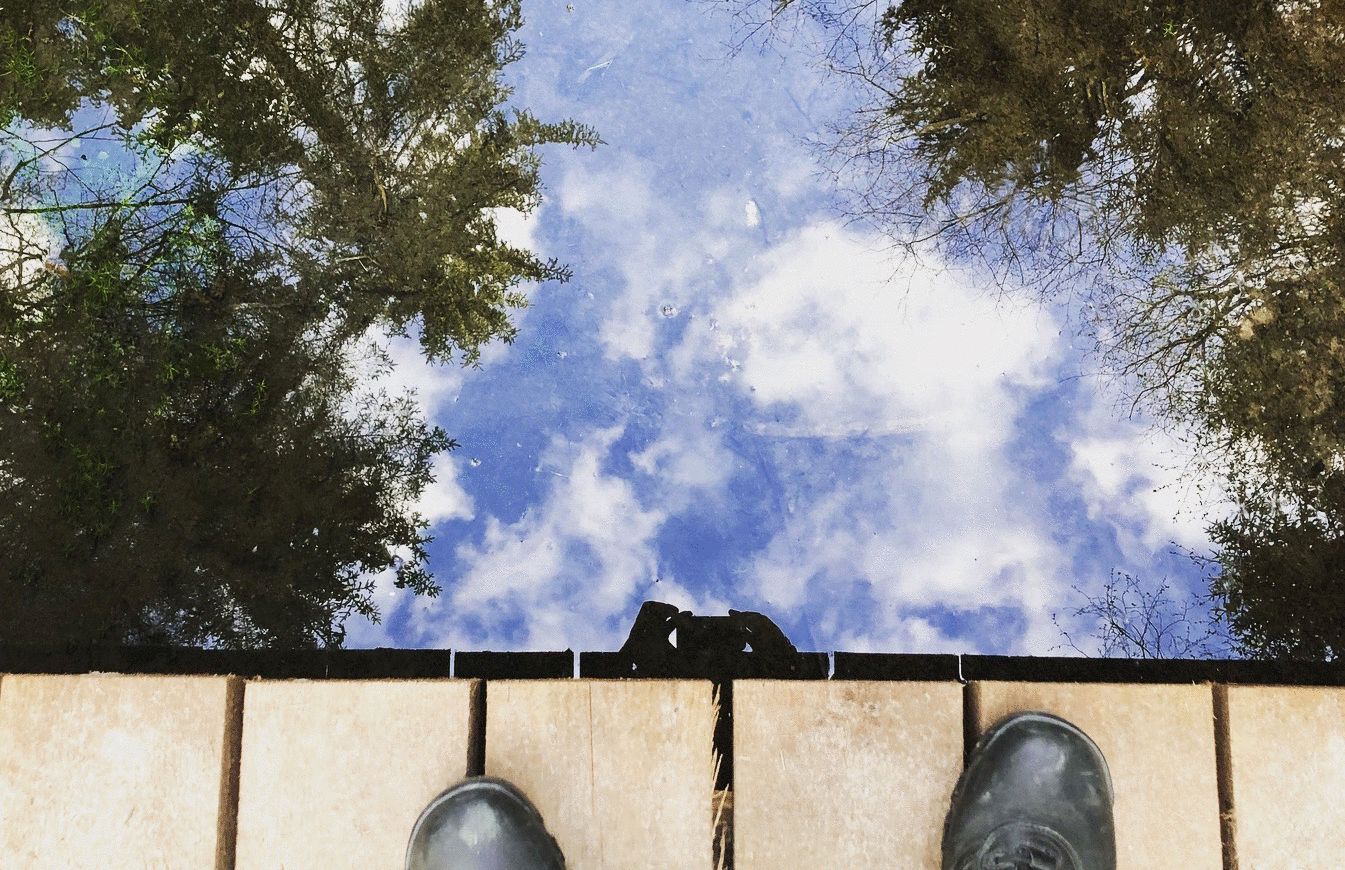
You’ll Experience A Lot More
What do you see if you visit Riga for three days? Probably you will see the Brīvības Piemineklis (Freedom monument), the Art-Nouveau district, some museums, and the coffees and restaurants of the city center.
However, what would you be able to see if you stay there for one month?
Apart from Riga’s center, perhaps you’ll be lucky to visit during June-July and attend the Jańi (Saint John’s celebration). Maybe you will be able to travel to Sigulda and see the beautiful castle, or to Cesis and the Gaujas national park. Perhaps you will discover the beautiful Mežaparks or spend some day doing groceries at the Central Market. Or you will find solemn, beautiful and ominous places like the Victory Memorial to Soviet Army.
Obviously, more time means more opportunities for experiencing things. Yes, you can spend that month visiting six different countries, but the question here is “why”? Just to tick them off your list?
You’ll Meet New People… And Make New Friends
By merging with the local population for some time, perhaps working at a coworking center, attending events, exhibitions, and getting in contact with the community, you will probably meet a lot of new people. Chances are, you’ll end up doing some friends.
During some of my trips, I have been lucky to meet amazing people that have become my friends. That wouldn’t have happened if I had opted for the mandatory three-day visit to Amsterdam followed by two weeks of sunbathing in Marbella.
These people you meet bring a lot more than just pure friendship -who is extremely valuable on its own. They enrichen you. You get exposed to different religions, cultures, ways of seeing the world, lifestyles, professions… you get the idea.
You’ll End Up With Lots Of Memories And Experiences Instead Of A Bunch Of Bad Photos
With the advent of smartphones, Facebook, and Instagram, we added yet another awkward element to traditional tourism. Namely, the ubiquitous presence of smartphone screens and selfie sticks in any monument, museum or even spa.
You may not realize it, but when you are looking at the world through your smartphone’s camera application, you are missing it. You are limiting your experience to a tiny little screen that does not allow you to really live what’s going on around you.
And the sad thing is, you will rarely, if ever, go through these thousands of pictures you are doing ever again. Maybe you will publish some of them on Instagram, or send some others to your friends via WhatsApp, but that’s all. However, while you are busy taking those photos, you will miss the movements around you, the smell of the flowers, the sounds of the waterfall or the vibe of the tram.
So put your smartphone back in your pocket and live the experience. Make sure to grasp it, because that moment is unique. Then, you can do one picture if you really need to.
With slow tourism, the focus is on the experience, your feelings, and sensations. Not on the perfect shot to share on social media.
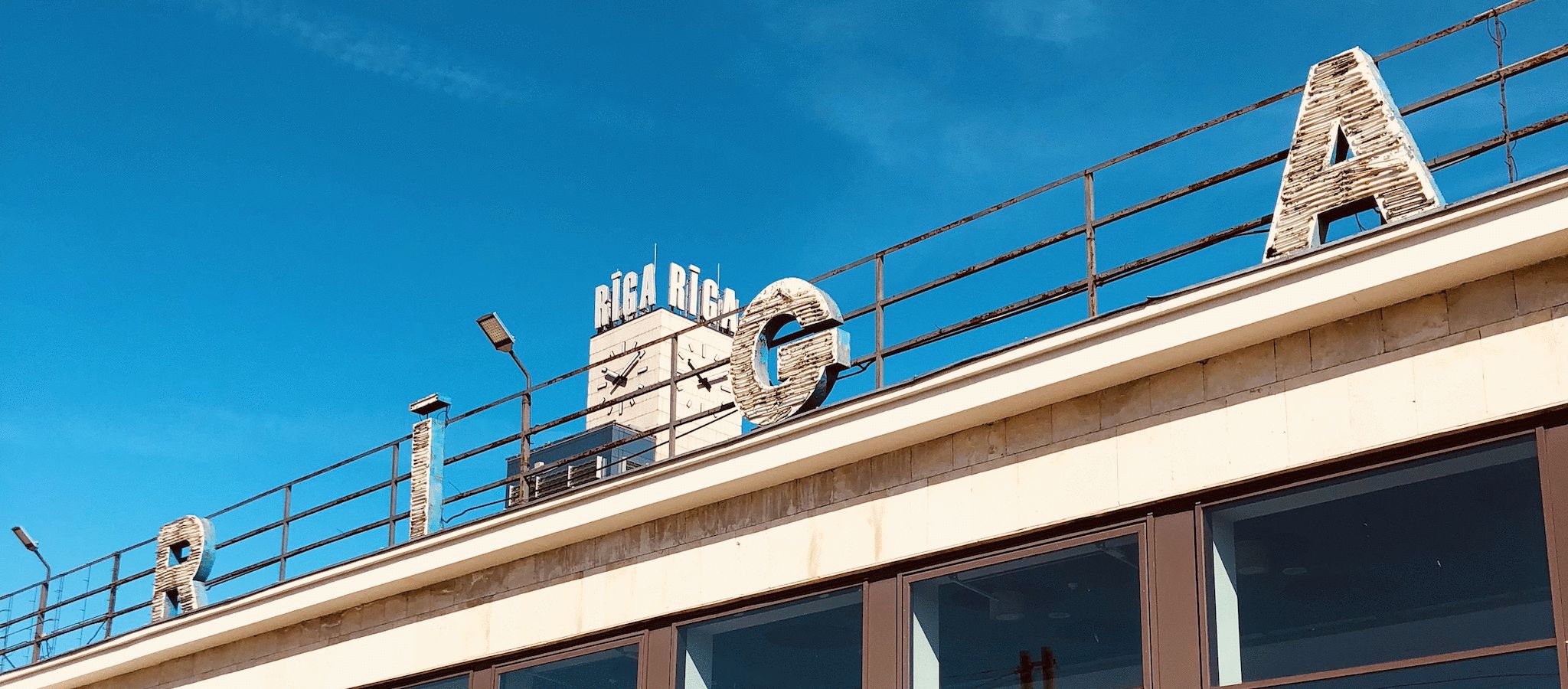
It Will Give You More Time Than It Takes From You
Time is completely subjective. It’s what we do with it.
We are under a constant pressure for filling every little minute of our lives with meaningful, exciting and entertaining activities. Our concept of fun, entertainment and even relax has changed. We need to do things. Always.
We can’t go to any restaurant on Saturday night, we need to go through Yelp or TripAdvisor to find the absolutely newest, fanciest restaurant in town. We can’t just casually watch a movie or show with our partner, we need to do a Netflix marathon with the last, most popular series, to talk about it next Monday at work.
Slow tourism, as part of the “slow movement”, encourages a different way of thinking about your time. It’s no longer a question of “making the most” out of it, but a matter of not thinking about it at all.
Conclusion
This article is an opinionated, unwavering defense of slow tourism. Opposed to traditional tourism, the slow tourism movement proposes an alternative way of traveling, living and experiencing the places you visit, and how you use your time.
I encourage you to try it. Stop collecting cities like trophies and, instead, live for one month in a not-so-well-known city for your next trip. Try to merge with the local community, experience new things, meet new people… You won’t regret it.

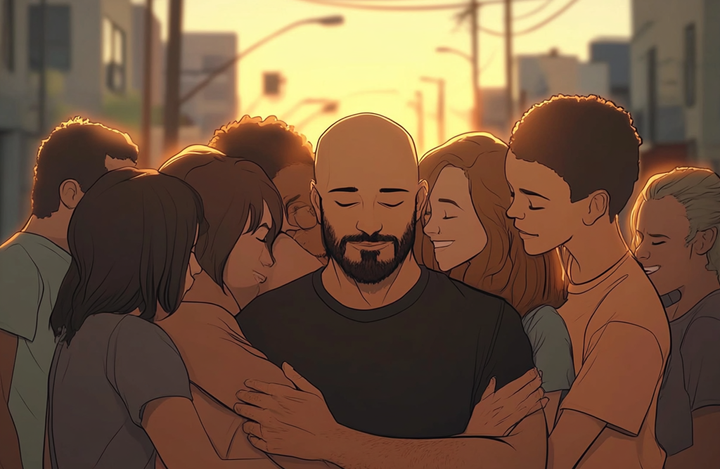
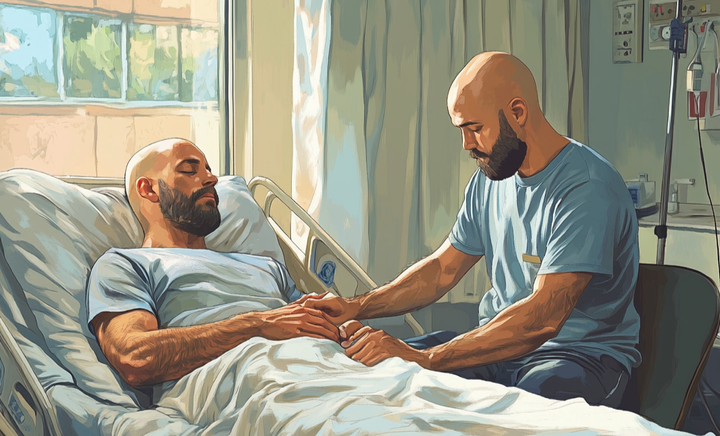
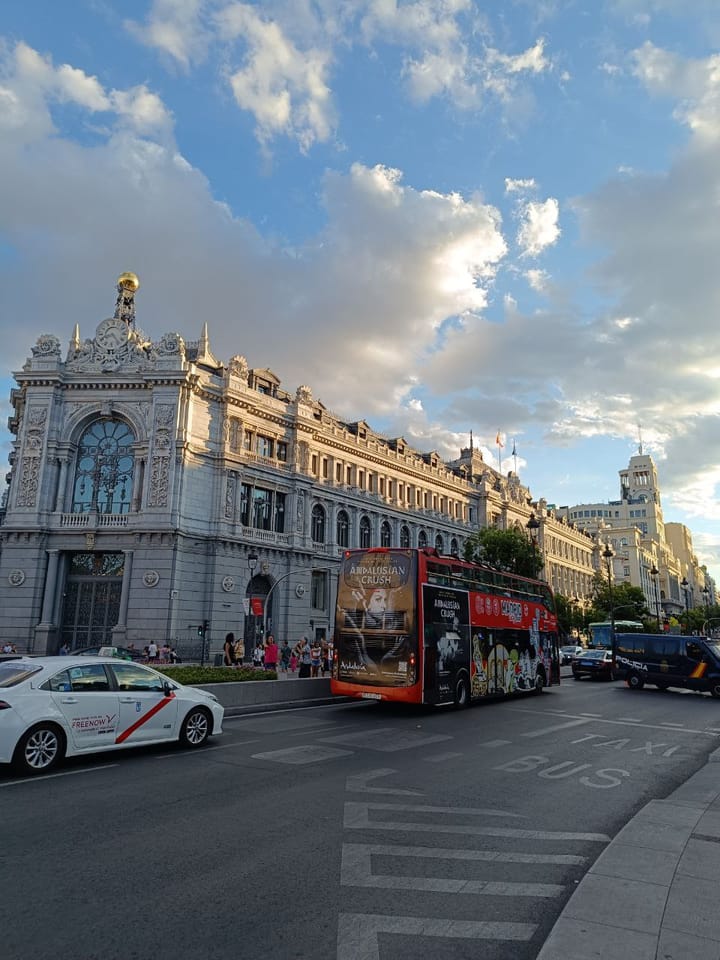
Comments ()